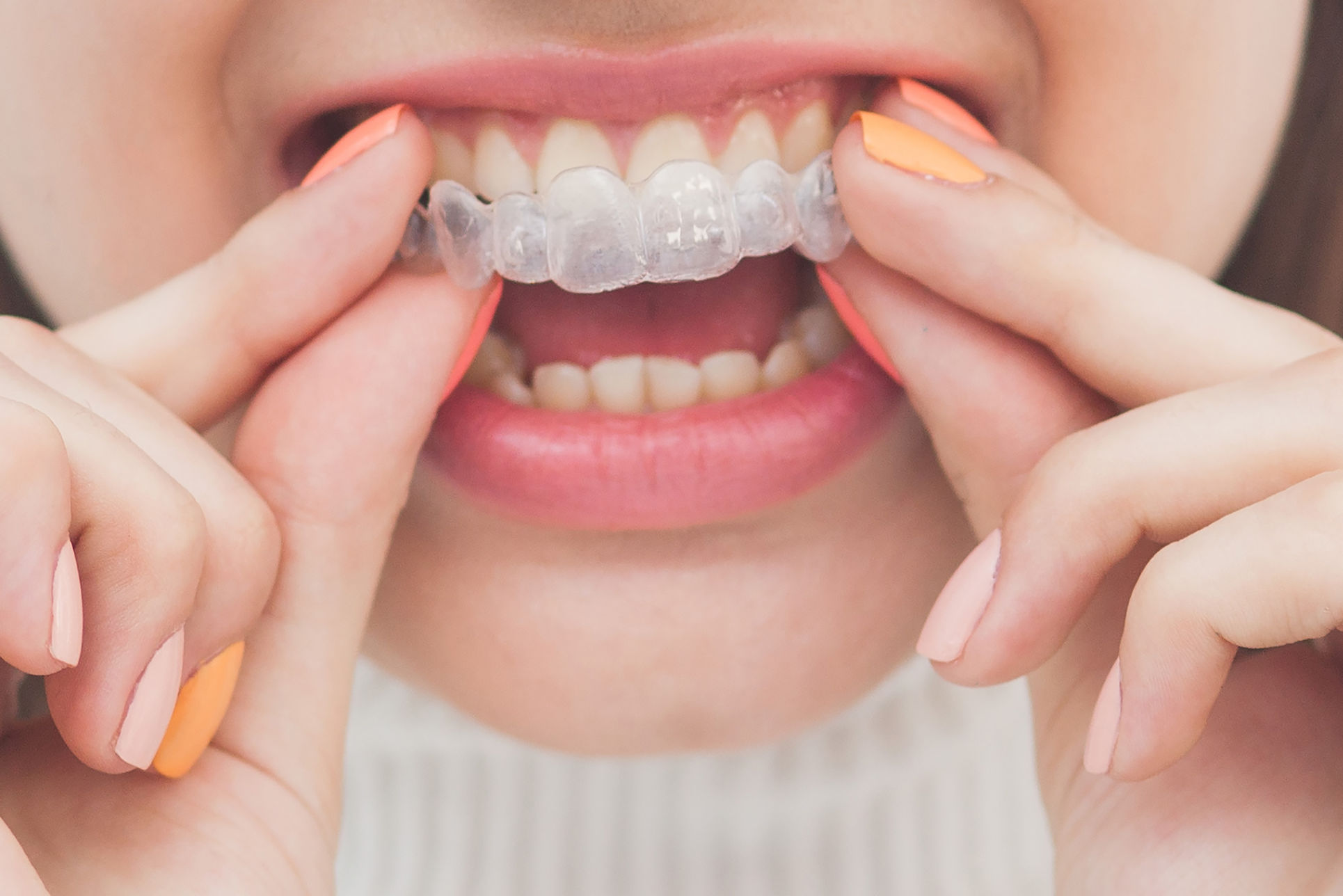Contents

My Invisalign® Aligner Doesn't Fit: What Should I Do?
Invisalign® dental aligners are a popular solution for straightening teeth at any age. However, sometimes they don't fit correctly, causing concern for patients. This article explains the reasons why your Invisalign® aligner might not fit perfectly and offers practical solutions to remedy this problem.
Why Doesn’t My Invisalign® Aligner Fit?
This is a common and perfectly normal issue, so don't worry.
Often, it's impossible to fully seat the aligner on your teeth, leaving an incisal gap (space between the edge of the tooth and the aligner). Despite your efforts, it just won't fit. Why?
This gap and poor fit can have several causes:
- Suboptimal progression of the Invisalign® treatment due to insufficient wear time or distortions in the dental impressions.
- Incorrect tooth movement caused by insufficient space or pressure (rotations, tipping, translations). This is often called a "tracking issue."
- Dental attachments not fully engaging with the aligners, hindering the optimal movement of the teeth.
- Occlusal interferences between the upper and lower teeth, contributing to the persistence of the incisal gap.
Solutions for an Ill-Fitting Dental Aligner
If your new Invisalign® aligner doesn't fit perfectly, there are solutions!
Chewies and Silicone Sticks
Your orthodontist will first recommend trying to seat the aligner more firmly on your teeth. How?
Your orthodontist will often provide you with small silicone rolls (also known as "Chewies") during the treatment. Biting down on these small sticks helps to fully engage the aligners by chewing and pulling on them, eliminating the air between the teeth and the aligners for a complete fit.
If you don't have this accessory, let your orthodontist know as soon as possible. Chewies are also easily available for purchase online.
Tooth Reshaping and Aligner Adjustments
Sometimes, only a few millimeters are needed for the aligner to fit. This slight gap can be due to bumps or rough edges on the teeth, preventing a proper fit.
In this case, your orthodontist may recommend slight reshaping of the teeth (interproximal reduction or IPR) to eliminate these obstacles and allow for a comfortable fit. Additionally, trimming the aligner may be applied for an optimal fit. Your orthodontist examines the aligner on your teeth, identifies interference areas, and then carefully trims these areas without compromising the structural integrity of the aligner and your teeth.
Wearing Your Previous Aligners Again
It's simple but often effective. If your Invisalign® aligner doesn't fit correctly, it's likely because you wore the previous one too little or improperly. The solution? Wear the old aligners for a few more days for your teeth to adjust.
This facilitates tooth movement and prepares for wearing the new aligners, increasing the chances that they will fit easily.
Our Advice for an Ill-Fitting Invisalign® Aligner
Whatever the reason for the poor fit, the number one piece of advice is to talk to your orthodontist quickly.
Good communication with your specialist is essential for the success of your Invisalign® treatment.
Informing your orthodontist promptly reduces the risk of complications. The sooner you report problems, the sooner they can adapt and make the necessary adjustments.
Are you experiencing pain when changing your aligners? Check out our article on Invisalign® and potential discomfort during treatment.
